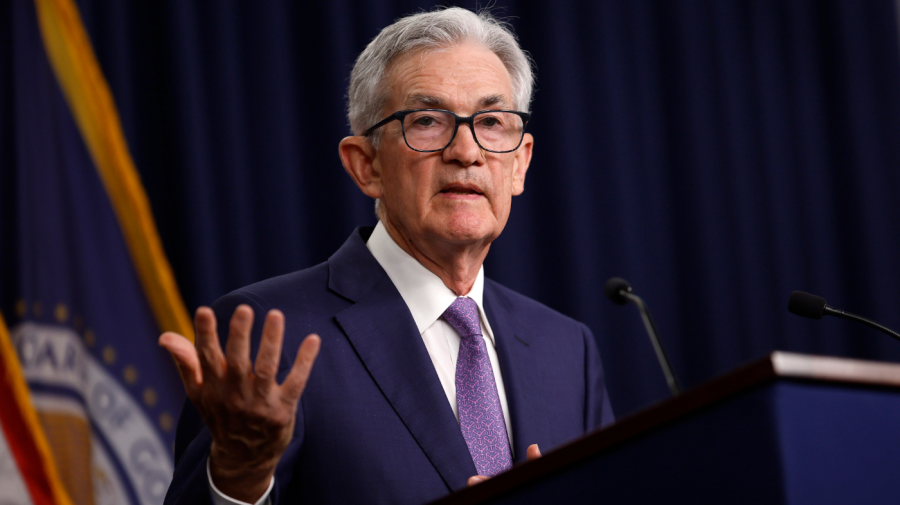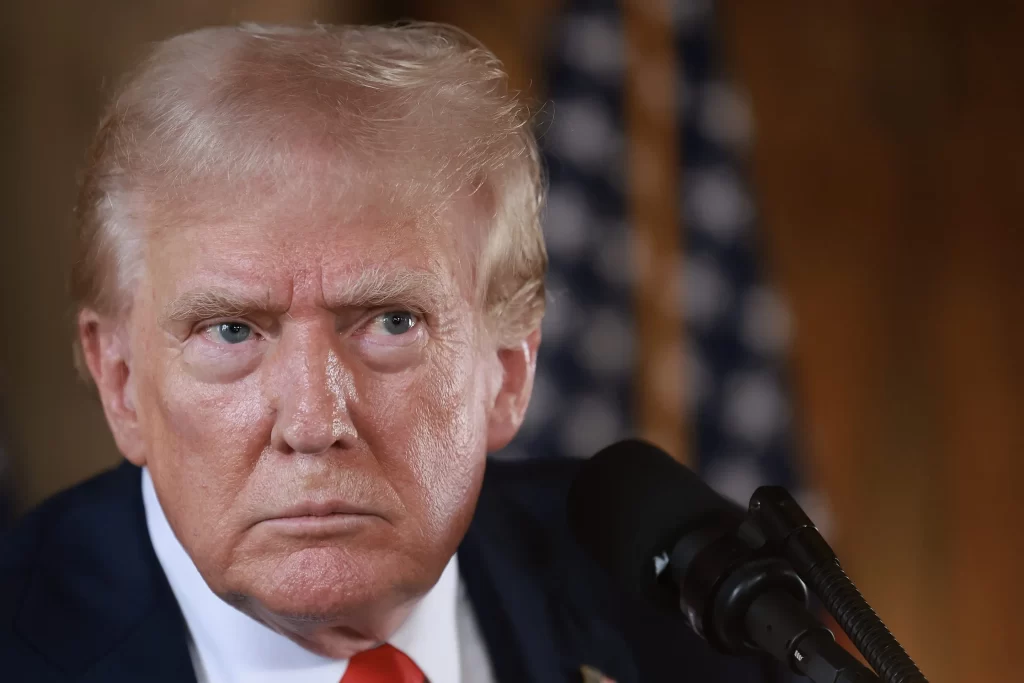Federal Reserve Chairman Jerome Powell firmly rejected speculation Thursday about potential White House interference in his leadership, declaring he would not step down if asked by President-elect Donald Trump and emphasizing that his removal would be “not permitted under law.”

Powell’s defiant stance came during a press conference following the central bank’s announcement of a quarter-point interest rate cut, which lowered the Fed’s key lending rate to a range of 4.5%-4.75%. The reduction marked the latest in a series of cuts since the Fed began easing monetary policy in September.
“It’s such an early stage – we don’t know what the policies are, we don’t know when they will be implemented,” Powell said regarding the incoming administration’s economic agenda. “In the near term, the election will have no effects on our policy decisions.”
The chairman’s comments address growing speculation about his future, following reports that Trump allies have explored ways to assert greater control over the Fed, including potentially naming Powell’s replacement before his term expires in 2026. Trump, who originally appointed Powell in 2017 but later became a vocal critic, told Bloomberg he would allow Powell to complete his term “especially if I thought he was doing the right thing.”
Economic forecasters warn that Trump’s proposed policies on tax cuts, immigration, and tariffs could maintain inflationary pressures and increase government borrowing, complicating expectations of further rate reductions. U.S. debt interest rates have already risen this week reflecting these concerns.
Thursday’s unanimous rate cut follows a dramatic tightening cycle that saw rates climb from near zero to 5.3% by July 2023 — the highest level in over two decades — as the Fed battled surging inflation. The aggressive increases contributed to higher borrowing costs for mortgages, credit cards, and other loans, fueling public discontent over living expenses that influenced the election outcome.

Recent data shows U.S. inflation at 2.4% in September, down significantly from its 9% peak in June 2022. However, economic indicators present a mixed picture, with October showing minimal job growth amid hurricanes and labor strikes, following unexpectedly strong hiring in September.
Powell indicated the Fed expects to continue reducing rates but remained noncommittal about the pace and extent of future cuts. “We don’t think it’s a good time to be doing a lot of further guidance – there’s a fair amount of uncertainty,” he said. “The point is to find the right pace and destination as we go.”
Whitney Watson, co-chief investment officer of fixed income at Goldman Sachs Asset Management, predicted another rate cut in December but noted increasing uncertainty. “Stronger data and uncertainty over fiscal and trade policies mean rising risks that the Fed may opt to slow the pace of easing,” she said.
The Fed’s decision coincided with the Bank of England’s warning about potentially prolonged high borrowing costs, citing inflation concerns following recent budget measures.
“In the US, it seems interest rates will stay higher for longer as the Fed will need to tread very carefully until it is better able to assess the true impact of Trump’s plans,” said Lindsay James, investment strategist at Quilter Investors.



